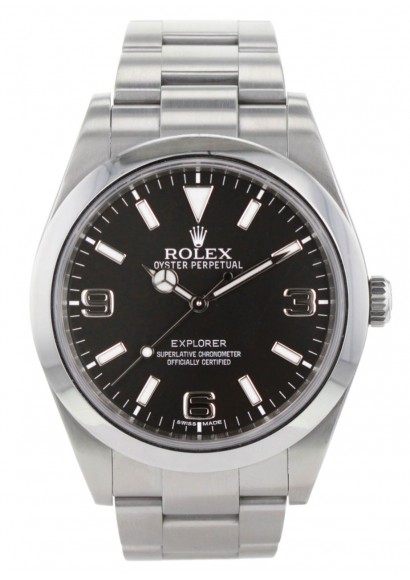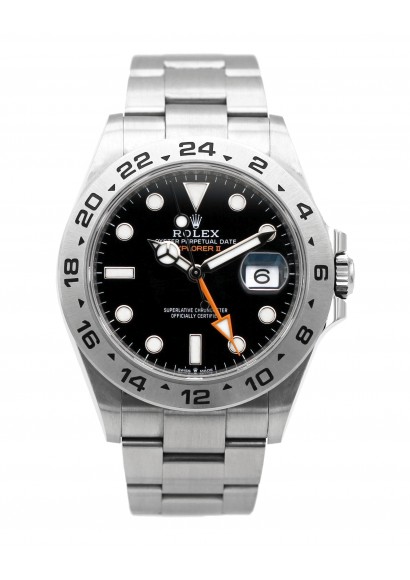
Watchmaking and winter sports share a fundamental common ground—the relentless pursuit of performance in extreme conditions. From the first high-altitude expeditions to modern skiing and winter water sports competitions, timepieces have served as more than mere instruments for tracking time. They have been essential companions, engineered to withstand freezing temperatures, shocks, and the harshest climatic conditions. Here’s a look at the iconic watches that have made history in snowy peaks.
Climbing the world’s highest summits has always required dependable equipment. Since the early 20th century, mountaineers and explorers have sought watches capable of operating at extreme altitudes, where cold and pressure severely test mechanical movements. While early expedition watches were often adapted from military timepieces, high-end watchmaking eventually led to the development of models specifically designed for these conditions.
Rolex Explorer: A Legacy Forged in the Himalayas
One of the most iconic watches associated with high-altitude conquest is the Rolex Explorer. In 1953, when Sir Edmund Hillary and Tenzing Norgay reached the summit of Mount Everest, they wore Rolex watches, which later served as the foundation for the Explorer line. Built to endure extreme temperatures and harsh environments, the Rolex Explorer quickly became a staple for mountaineers and adventurers.
With its highly legible black dial, robust Oyster steel case, and resistance to shocks and temperature fluctuations, the Explorer remains an essential timepiece for those braving hostile environments. Even today, it is highly sought after by mountaineering enthusiasts and collectors who value both heritage and rugged reliability.
Rolex Explorer II: The Ultimate Tool for Cave Explorers and Polar Adventurers
In 1971, Rolex introduced the Explorer II, specifically designed for spelunkers, polar explorers, and adventurers operating in environments where distinguishing between night and day is impossible. Featuring a 24-hour hand and a fixed bezel, it allows wearers to determine whether it is noon or midnight—an essential function for those navigating the polar regions where the sun might not rise for months.
Built to endure the most extreme conditions, the Explorer II has been embraced by Antarctic explorers and climbers of the world’s most formidable mountain ranges. Its robust design and outstanding legibility make it a crucial tool for those tackling the harshest environments on Earth.
Omega Speedmaster Alaska Project: Engineered for Extreme Cold
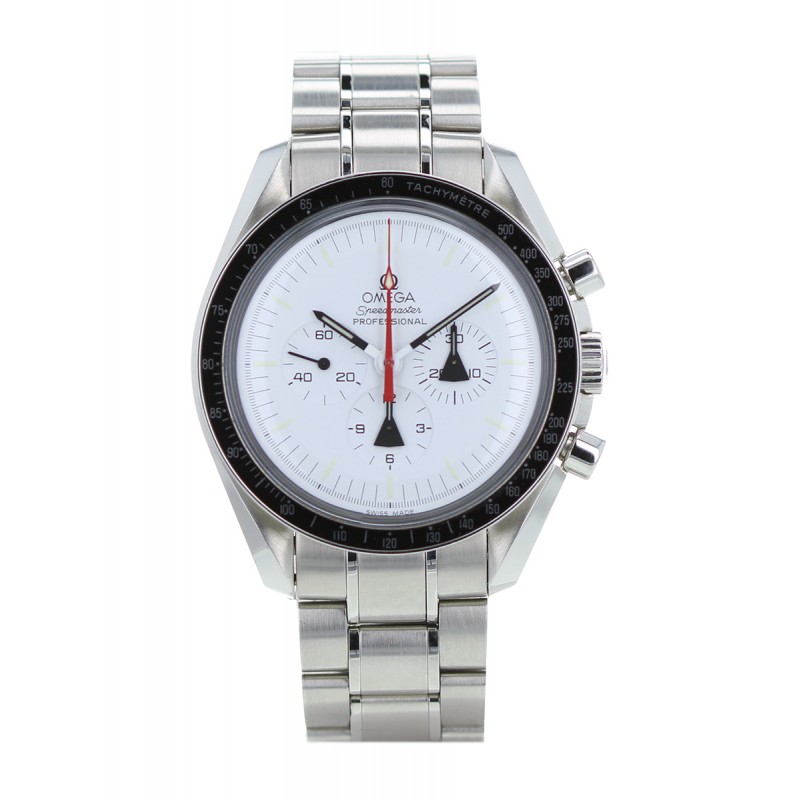
While the Speedmaster is best known for its role in space exploration, Omega developed the Alaska Project in the 1970s as a specialized version designed to withstand the most frigid temperatures. Featuring a titanium case and a distinctive red aluminum thermal shield, the watch was built to protect the movement from extreme cold, making it suitable for high-altitude and polar missions.
Although the Alaska Project never saw mass production, the few models produced are now highly sought after by collectors. This unique edition highlights Omega’s dedication to innovation in the most unforgiving environments.
Blancpain Fifty Fathoms Barakuda : L’Alliée des Plongeurs Sous Glace
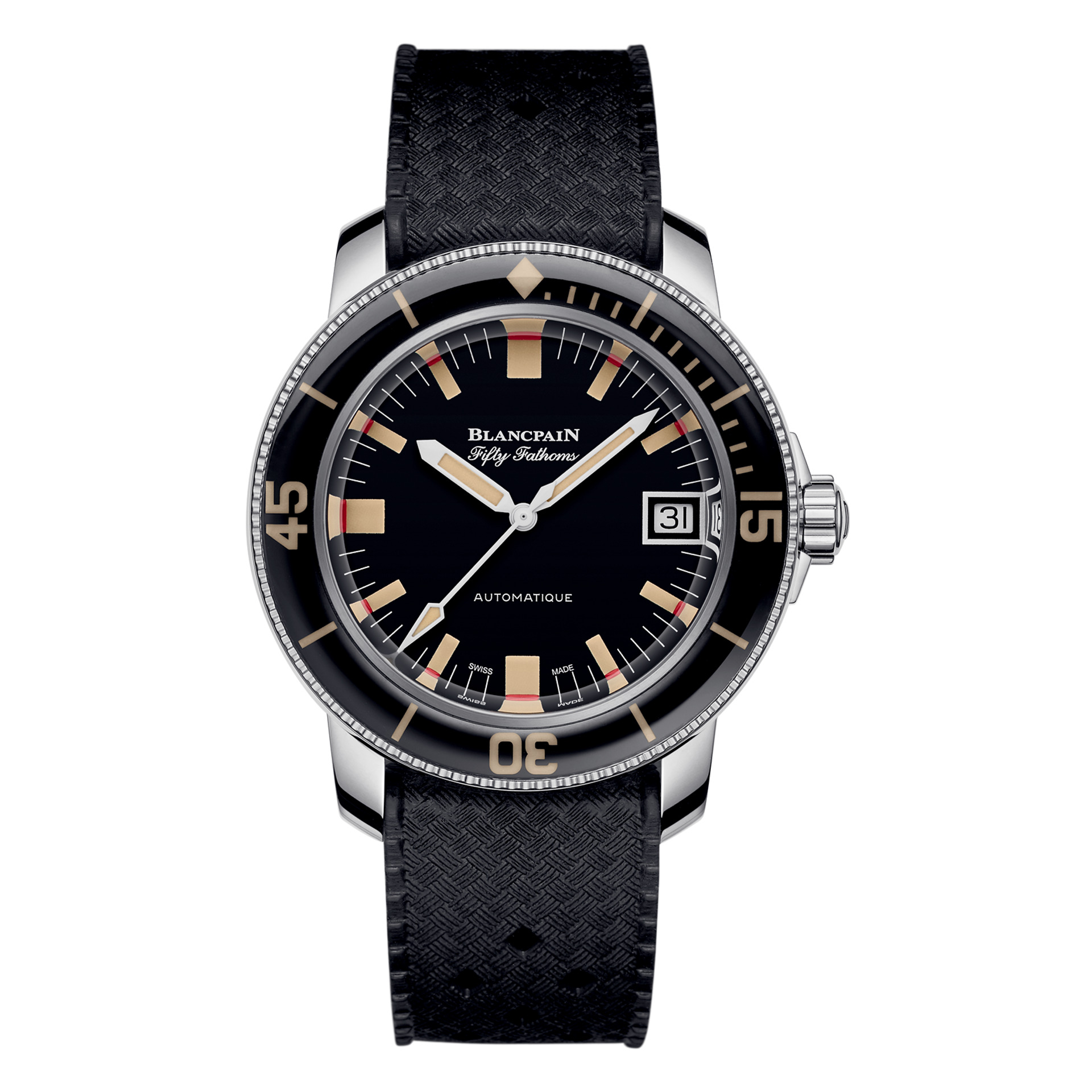
Often associated with military diving, the Blancpain Fifty Fathoms also found its way into polar expeditions and ice diving. The Barakuda edition, with its high-contrast dial and exceptional water resistance, became a trusted companion for those navigating the freezing waters of the Arctic and Antarctic.
Its rugged construction and refined design have made it a go-to timepiece for explorers facing subzero temperatures. Worn by scientists and deep-sea adventurers, the Fifty Fathoms Barakuda remains a benchmark in cold-weather sports watchmaking.
Watch brands have continuously innovated to meet the demands of extreme environments. The introduction of cutting-edge materials like titanium and ceramic, high-precision movements, and shock-resistant systems has allowed watches to accompany athletes and explorers further than ever before.
From the Rolex Explorer to modern models inspired by early alpine expeditions, the synergy between watchmaking and winter sports continues to push the boundaries of both performance and design. Today, these timepieces are more than just tools—they symbolize resilience, achievement, and prestige, making them highly desirable for collectors and adventure enthusiasts alike.
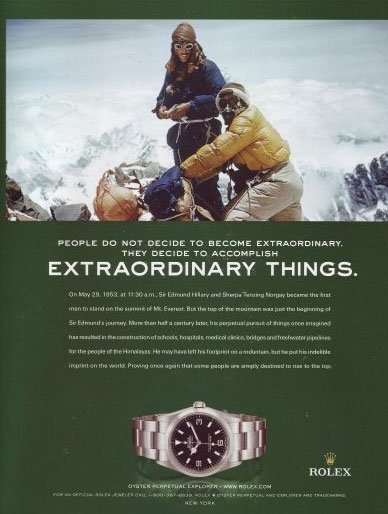
Winter sports and horology share a storied past—one defined by challenges, innovation, and record-breaking achievements. Each timepiece discussed here is more than an accessory; it is a symbol of conquest, performance, and exploration. Whether on the peaks of the Himalayas, beneath frozen waters, or across icy landscapes, these watches have proven themselves in the world’s most demanding environments, standing the test of time as icons of adventure.
Through these legendary timepieces, we trace the human quest to master the elements, turning these watches into timeless emblems of winter sports and haute horology.
Article written by Chris Samassa, Founder of Osterman Watch d’Osterman Watch





